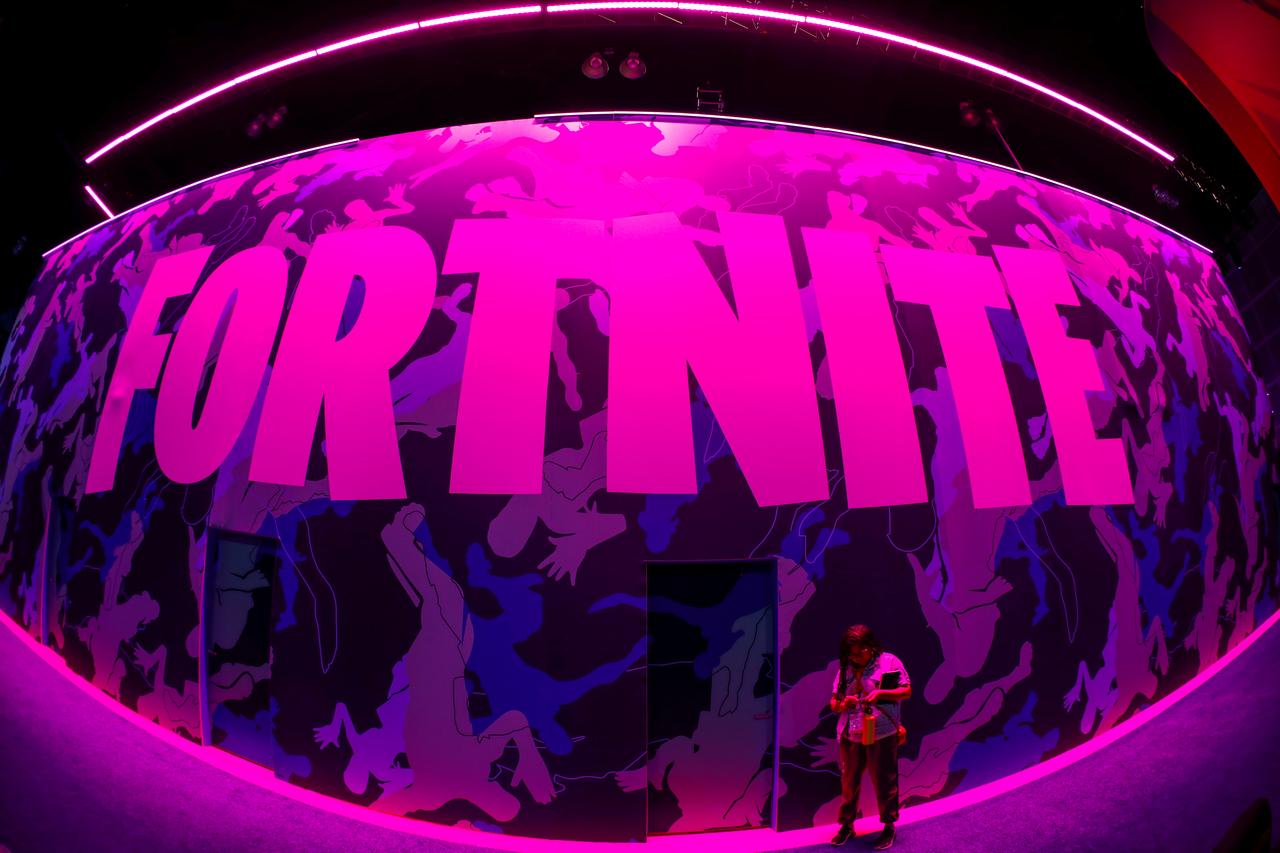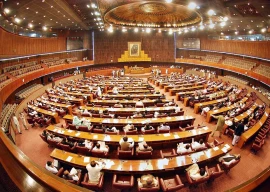
Inflows of net foreign direct investment (FDI) into Pakistan hit an eight-month low of about $90 million in July this year, down 31% from $129 million in July last year, according to the latest data released by the State Bank of Pakistan (SBP).
In the last fiscal year that ended in June, the largest chunk of FDI went into the power sector ($906.1 million), followed by oil and gas exploration ($242.8 million), financial sector ($235.5 million), trade ($142 million), electrical machinery ($114.3 million) and information technology and communication ($99.8 million).
Together, these six sectors attracted a little more than $1.74 billion or 92.4% of the total net FDI of $1.847 billion, according to the SBP statistics.
Sector-wise distribution of FDI is important to look at in order to understand where the economy stands and where it is heading.
If FDI in the power sector still constitutes roughly half of the total, it indicates that the most basic need of economic growth, ie energy, is in short supply. But it also points to a keen desire of the FDI-recipient country to have high economic growth in future.
This holds true keeping in view the fact that the oil and gas exploration sector also received no less than 13.1% of the total FDI.
Large inflows of FDI into the power sector accompanied by not-so-large but sizable FDI into oil and gas exploration should be taken as a sign of Pakistan preparing itself to become self-sufficient in energy – if not in the near future, but definitely in due course of time. That is good.
Regional comparison
Overall FDI inflows into the country fell in the last fiscal year in line with the global trend but in defiance of the trend seen in Asia.
In FY21, FDI inflows into Pakistan declined to $1.847 billion from $2.598 billion in FY20. This happened in the backdrop of falling FDI flows globally.
Global FDI flows fell 35% to $1 trillion in CY20 (which covered the first half of our FY21).
But what is important to note is that FDI inflows into Asia rather went up to $535 billion in CY20 from $516 billion in CY19 with both China and India attracting larger inflows. Pakistan, thus, failed to exploit the Asian tilt in FDI inflows in the last fiscal year ending in June 2021.
With FDI of less than $2 billion per year, the country can hardly expect to improve its balance of payments or stimulate growth and development in industries and services.
Sub-sectors of industries and services, which attracted the bulk of $1.847 billion worth of FDI in FY21, are all strategically important, as mentioned earlier. But low volumes of FDI coming into these sectors cannot make a significant impact.
Pakistan needs no less than $4-6 billion in FDI inflows every year over the next five years to see their miraculous impact on sustainable economic growth and development.
Attracting this much FDI seems too difficult, more so because of the latest political developments in neighbouring Afghanistan. Kabul’s takeover by the Taliban in mid-August can scare away prospective foreign investors due to perceived challenges to political stability in the region.
But that alone is not the only roadblock in the way of larger inflows of FDI into Pakistan.
There are several other reasons including lack of investment-friendly policies, flawed implementation process and least enthusiastic approach of state agencies dealing with foreign investors.
Keeping this in mind, Pakistan will have to expedite efforts to attract FDI from as many sources as possible instead of relying on a small number of developed countries.
Major foreign investors
Just as the FDI inflows remain centred around six major sectors, interestingly the major sources of FDI also remain limited.
In the last fiscal year, China topped the list of FDI providers with a 41% share in the total net FDI of $1.847 billion, followed by Hong Kong (8.5%), the US (8.4%), the UK (7.7%), the Netherlands (5.8%) and the UAE (5.5%).
Jointly, these six countries provided Pakistan with 77% of the total net FDI.
Obviously, this situation is far from ideal. Pakistan must come up with policies that can help attract sizable FDI inflows from other countries as well.
Even within the above-listed half a dozen countries, the share of Chinese FDI is just too high. Why can’t Pakistan expand the list of major FDI providers from six to, say, 10 or even more?
What happened to the much-trumpeted multibillion-dollar investment plans of Saudi Arabia? Why not seek FDI inflows from Indonesia and Malaysia in palm oil processing?
Countries such as Iran, Turkey, Australia, Canada, Russia and Singapore are eager to invest in car manufacturing, agriculture, energy, steel and financial services.
The Board of Investment must speed up the process of finalising investment deals in the fields of their own choice.
In coming years, attracting larger FDI inflows will also depend a lot on how well Pakistan positions itself in the global supply chain.
Pakistan has just started exports of locally manufactured mobile phones in collaboration with China and South Korea. Hopefully, this will increase FDI inflows from other countries as well in the IT sector.
Faster and thicker inflows of FDI can also be expected in a few years if the Taliban takeover of Kabul leads to the formation of an inclusive government with focus on improving human rights.
In that case, several countries would possibly like to set up manufacturing facilities in Pakistan with the capacity to meet import requirements of Afghanistan and Central Asian states as well.
Conversely, if the political situation deteriorates in Afghanistan, Pakistan will see a further decline in FDI. Let’s hope for the better.
The writer is a mechanical engineer and is doing masters
Published in The Express Tribune, August 30th, 2021.
Like Business on Facebook, follow @TribuneBiz on Twitter to stay informed and join in the conversation.















1730789969-0/Untitled-design-(98)1730789969-0-270x192.webp)








COMMENTS
Comments are moderated and generally will be posted if they are on-topic and not abusive.
For more information, please see our Comments FAQ